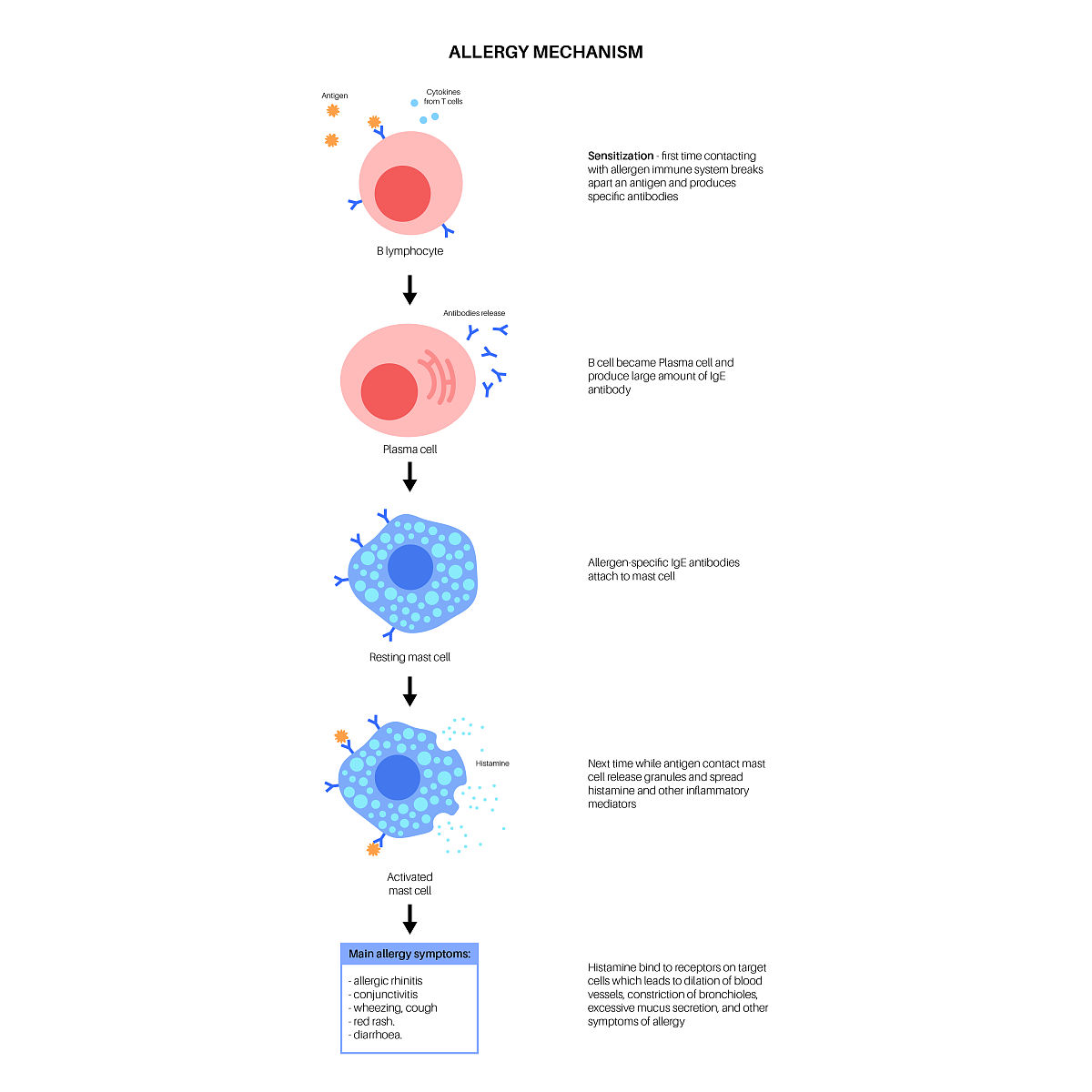Treg实验的实验机制用英文
The experimental mechanism of the Treg (regulatory T cell) experiment involves studying the role and function of Treg cells in immune regulation. Treg cells are a specialized subset of T cells that play a crucial role in maintaining immune homeostasis and preventing autoimmunity.
The experiment typically involves isolating Treg cells from animal models or human samples and manipulating them in vitro or in vivo. Various techniques such as flow cytometry, cell sorting, and molecular biology methods are used to characterize and analyze Treg cells.
The experimental manipulation of Treg cells can include genetic modifications, such as knockout or overexpression of specific genes, to investigate their impact on Treg cell function. Additionally, researchers may use pharmacological agents or antibodies to modulate Treg cell activity and observe the effects on immune responses.
The functional assays performed in Treg experiments often include suppression assays, where the ability of Treg cells to inhibit the proliferation or activation of other immune cells is measured. These assays help determine the suppressive capacity and mechanisms employed by Treg cells.
Furthermore, Treg experiments may involve studying the interaction between Treg cells and other immune cells, such as effector T cells or antigen-presenting cells. This can be done through co-culture experiments or in vivo models.
Overall, Treg experiments aim to elucidate the mechanisms by which Treg cells regulate immune responses and maintain immune tolerance, with the ultimate goal of developing therapeutic approaches for immune-related disorders

原文地址: https://www.cveoy.top/t/topic/ipE5 著作权归作者所有。请勿转载和采集!